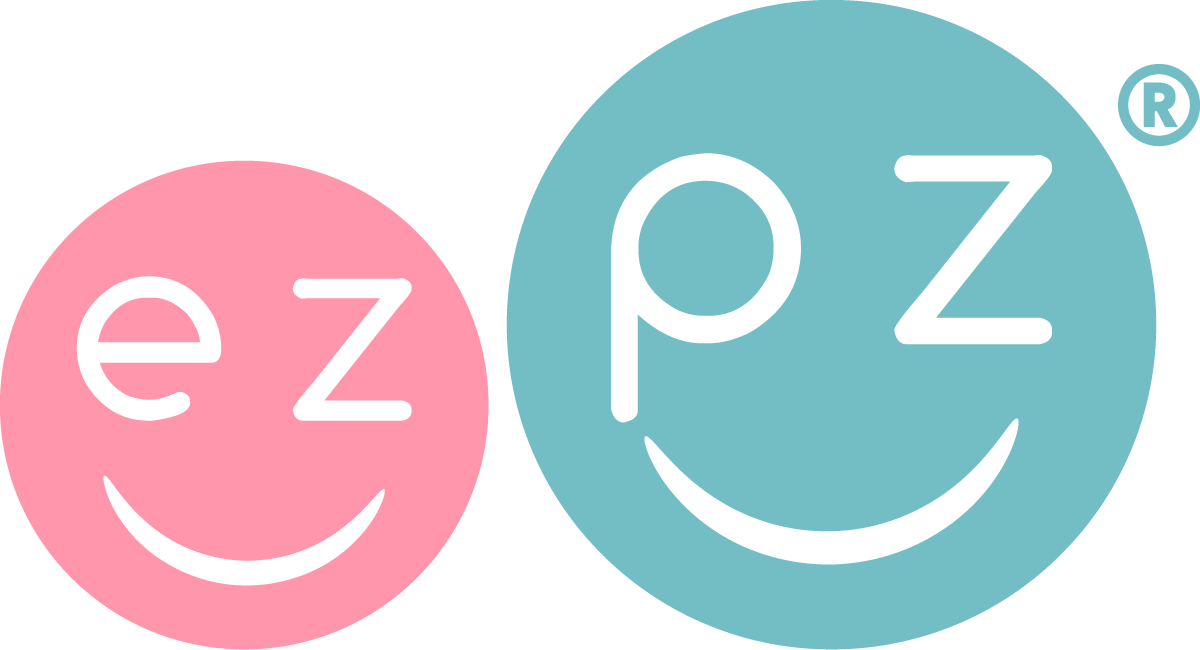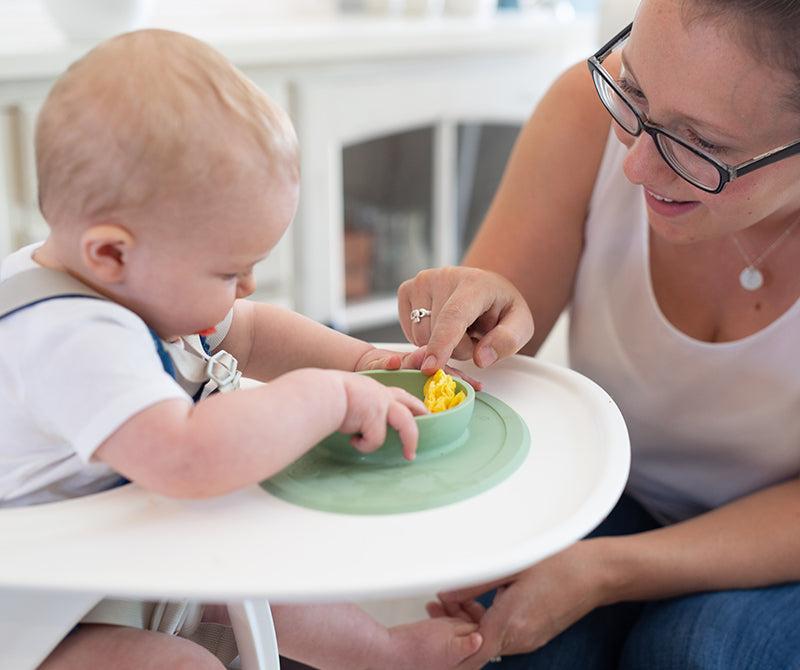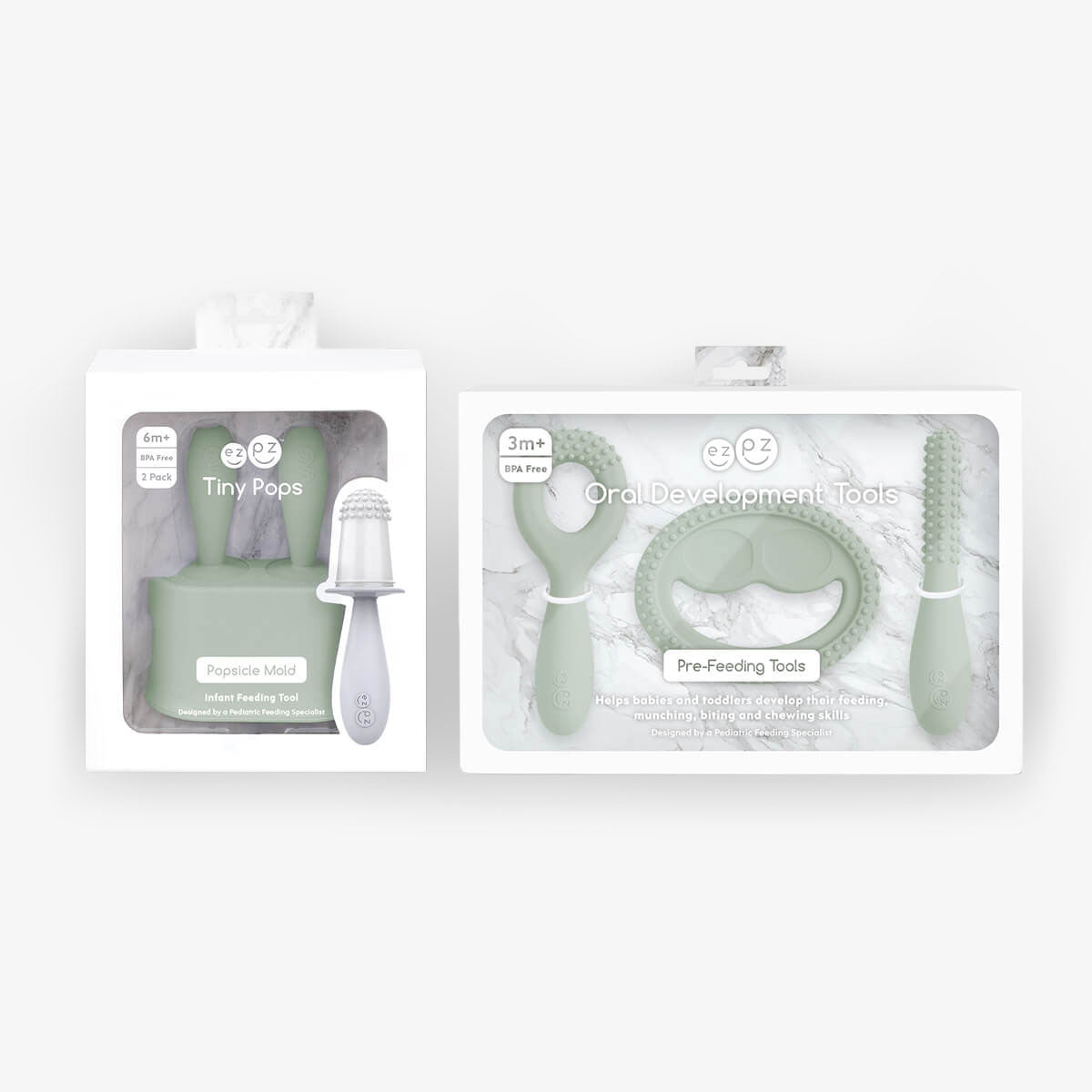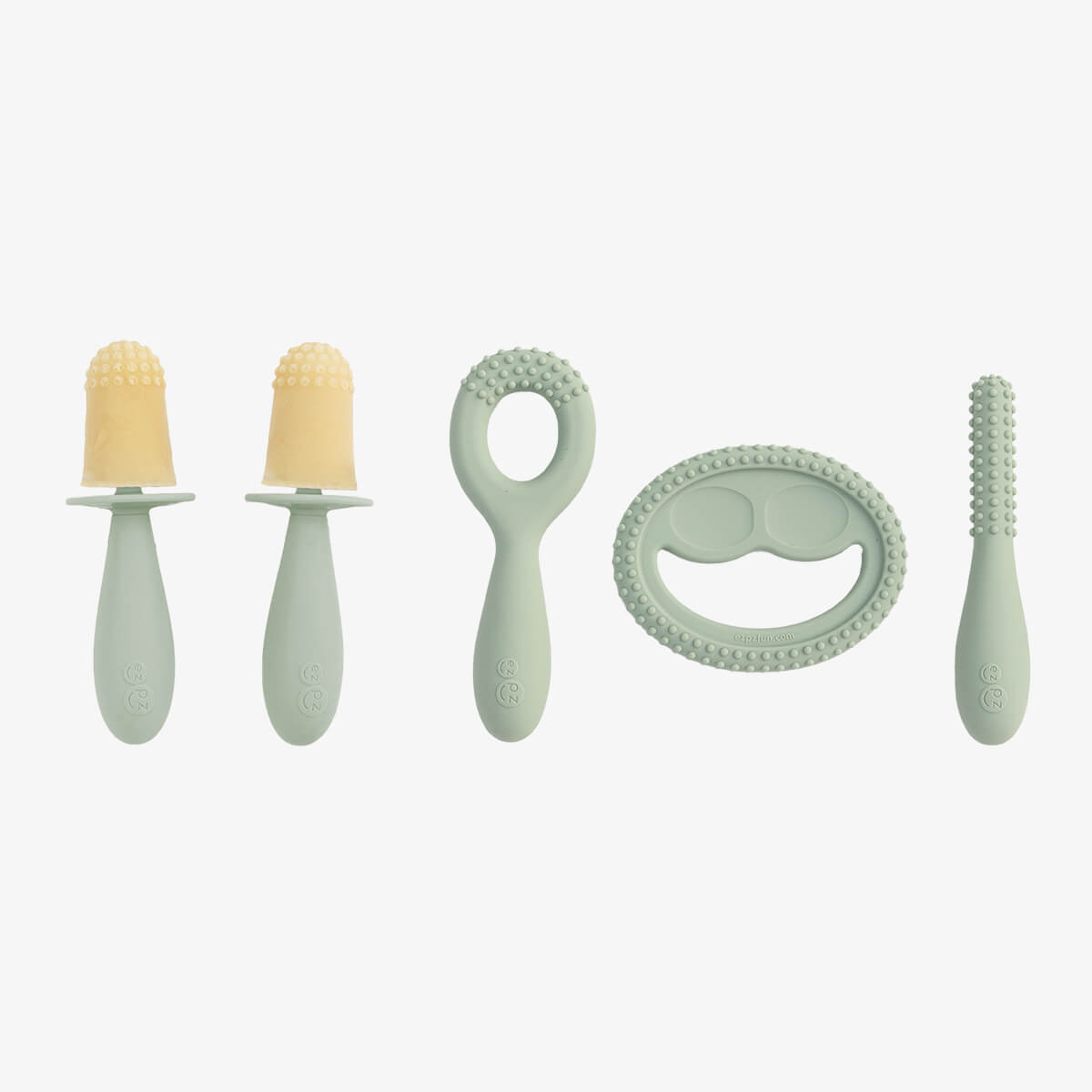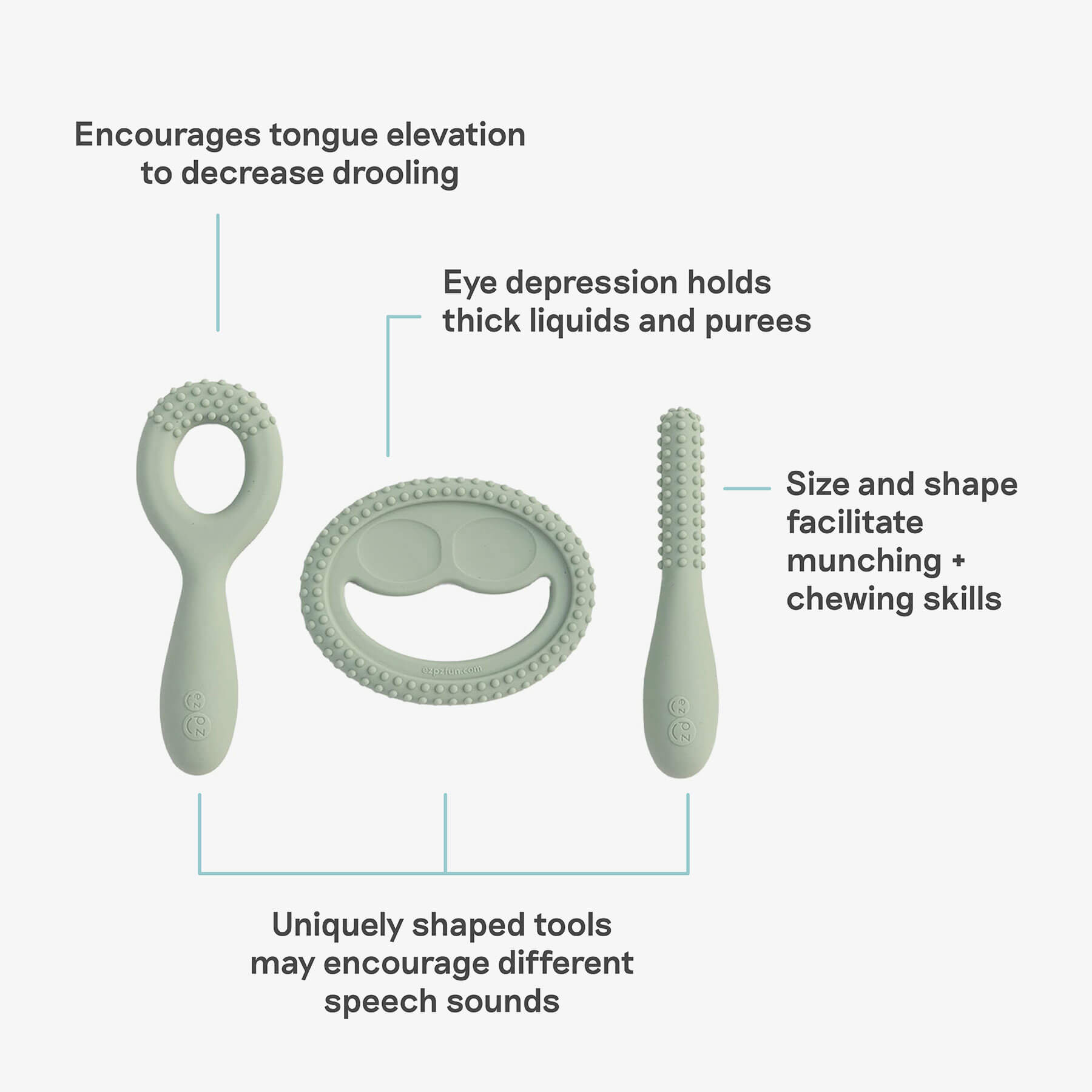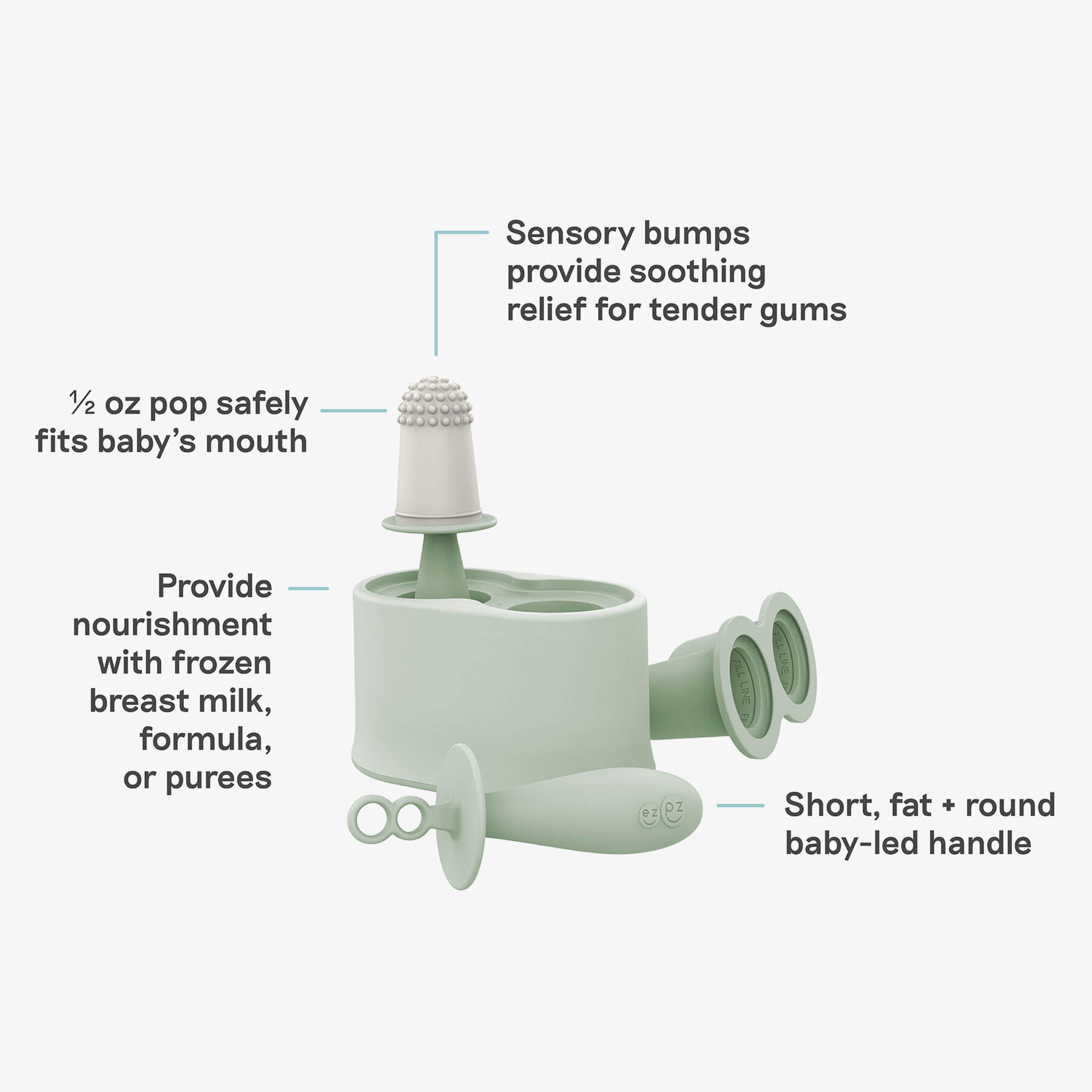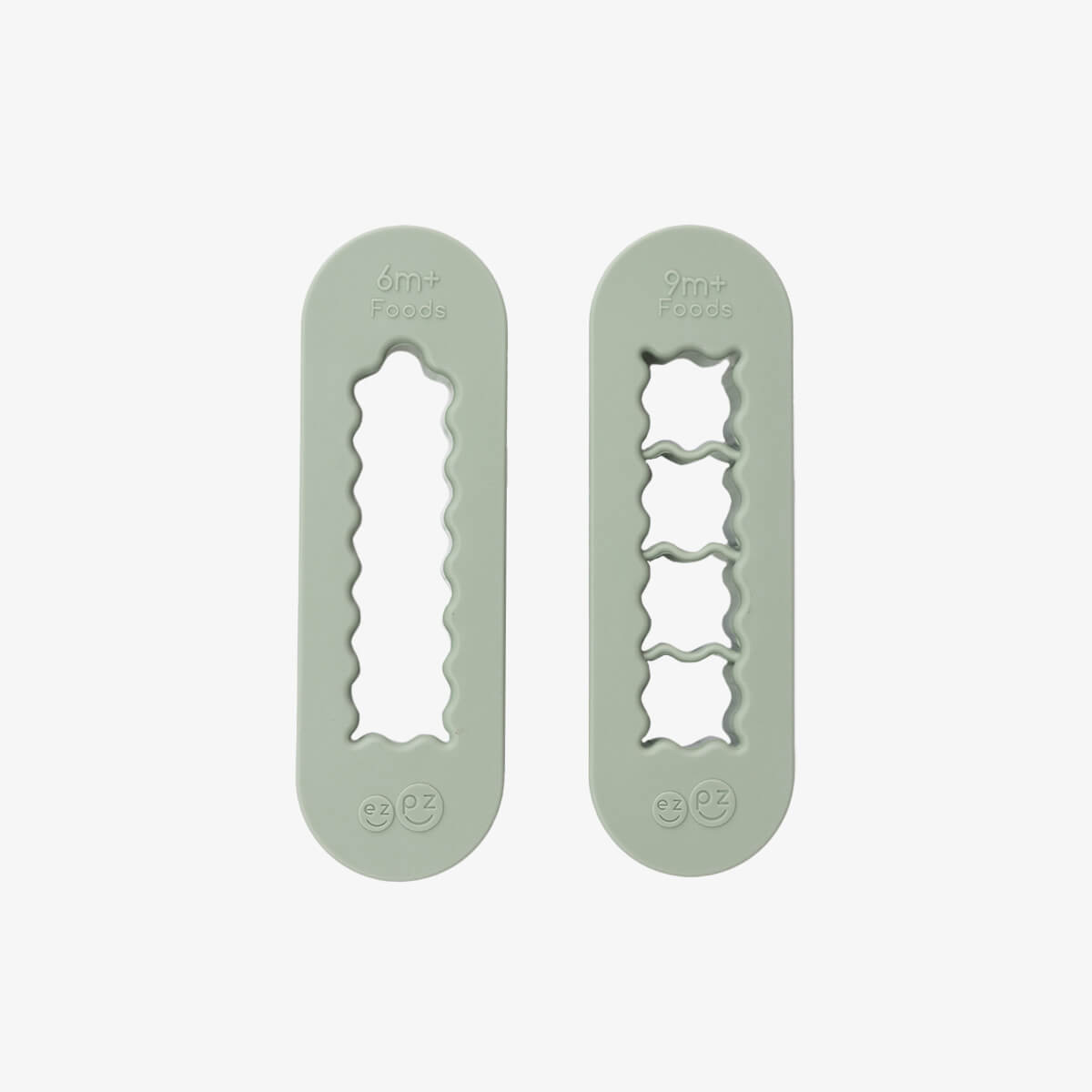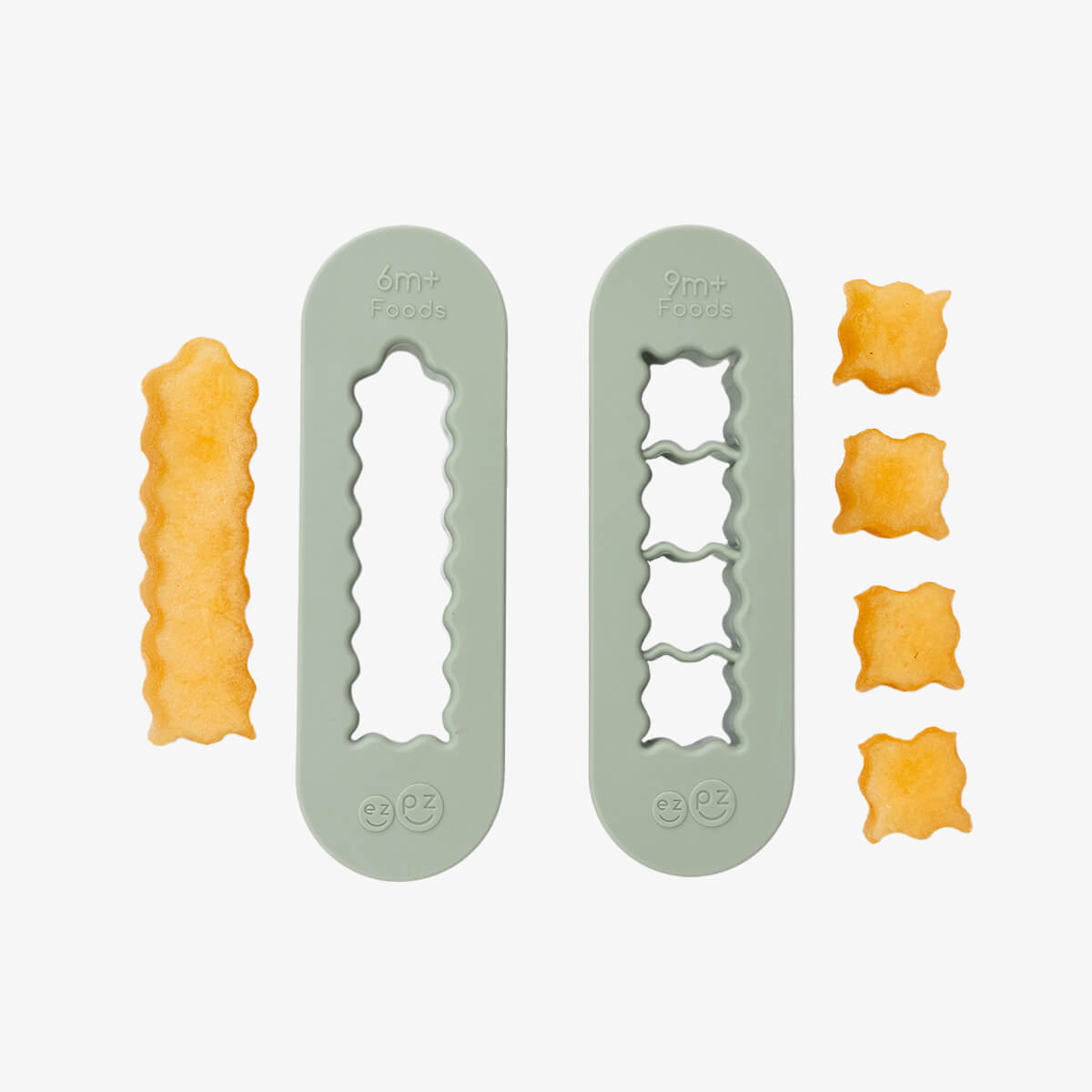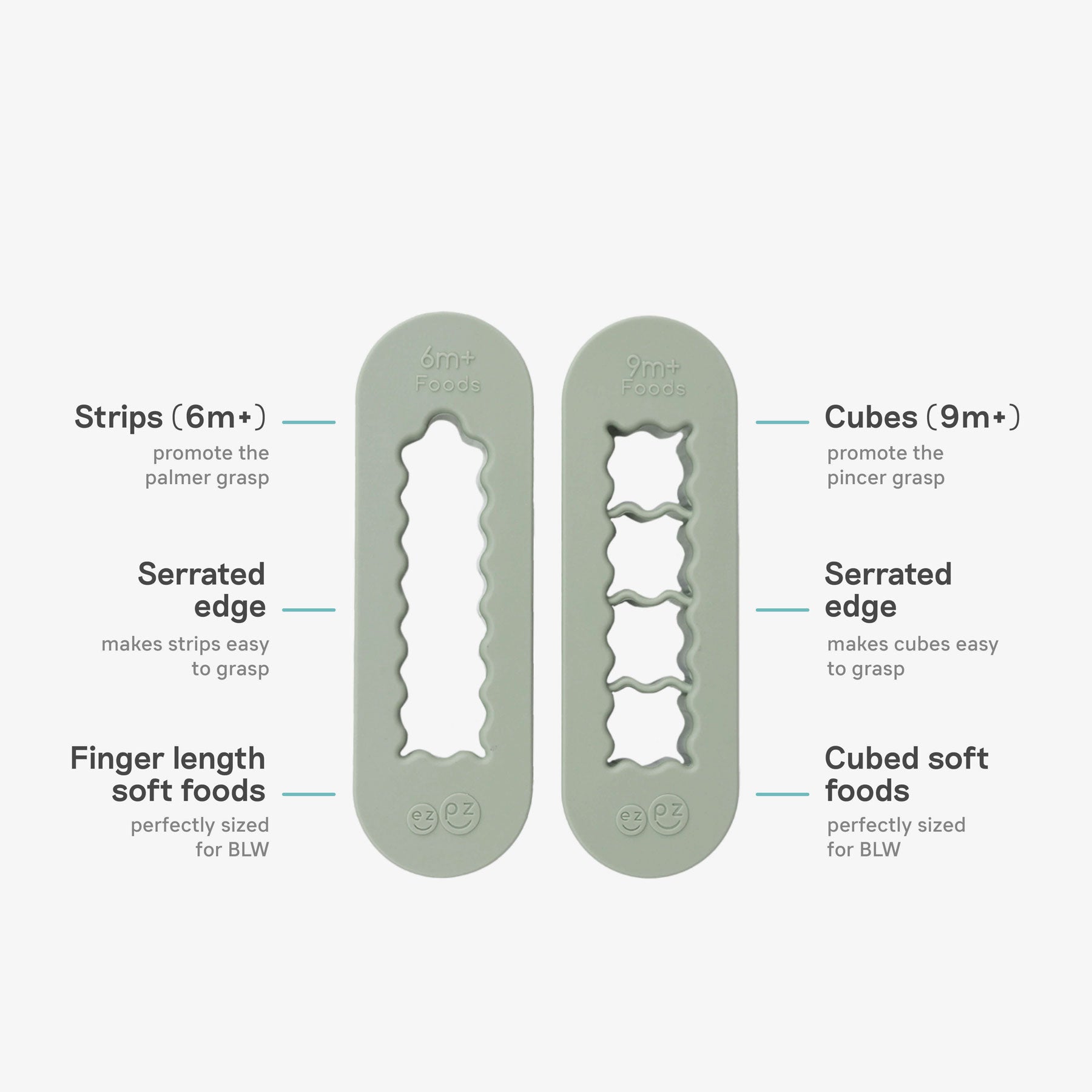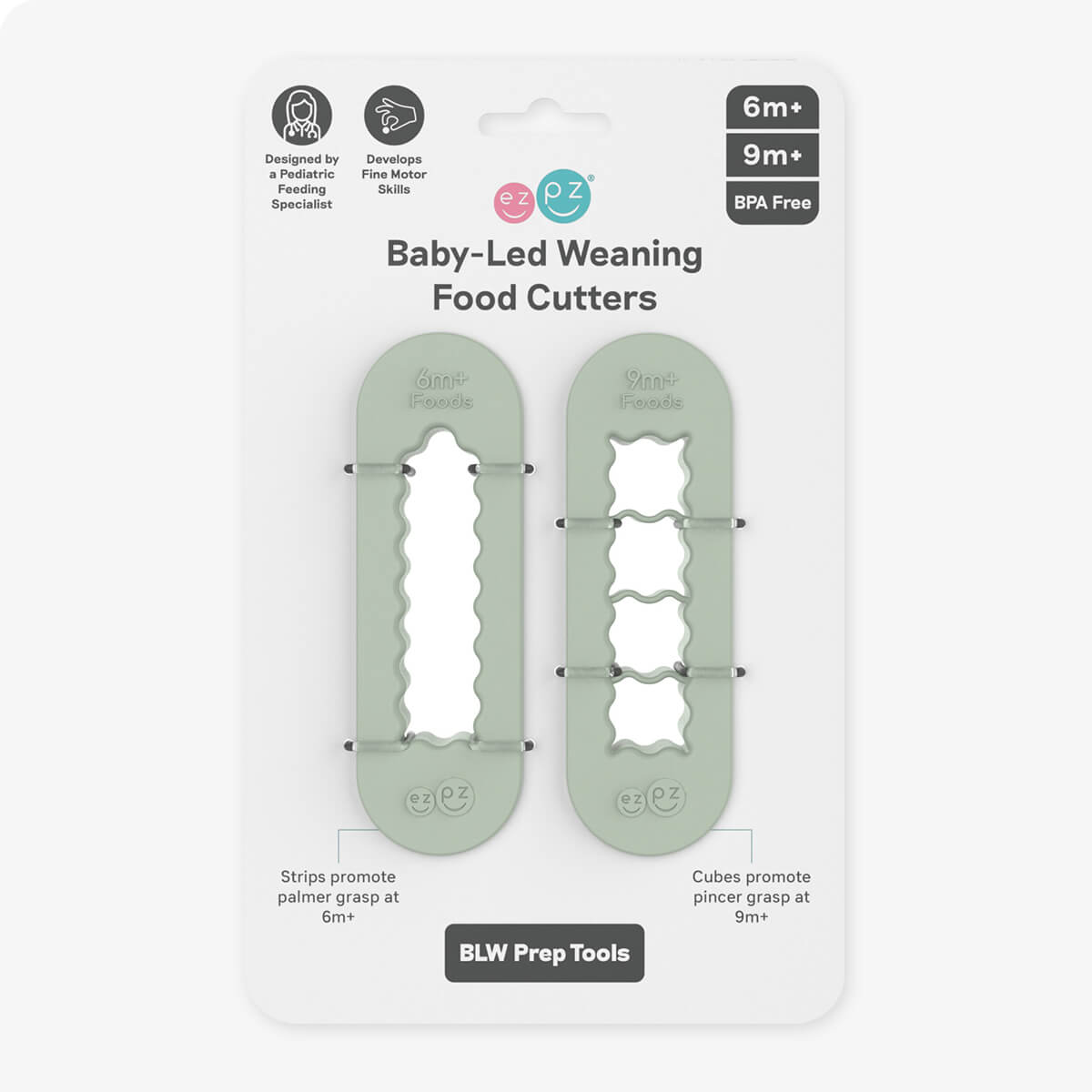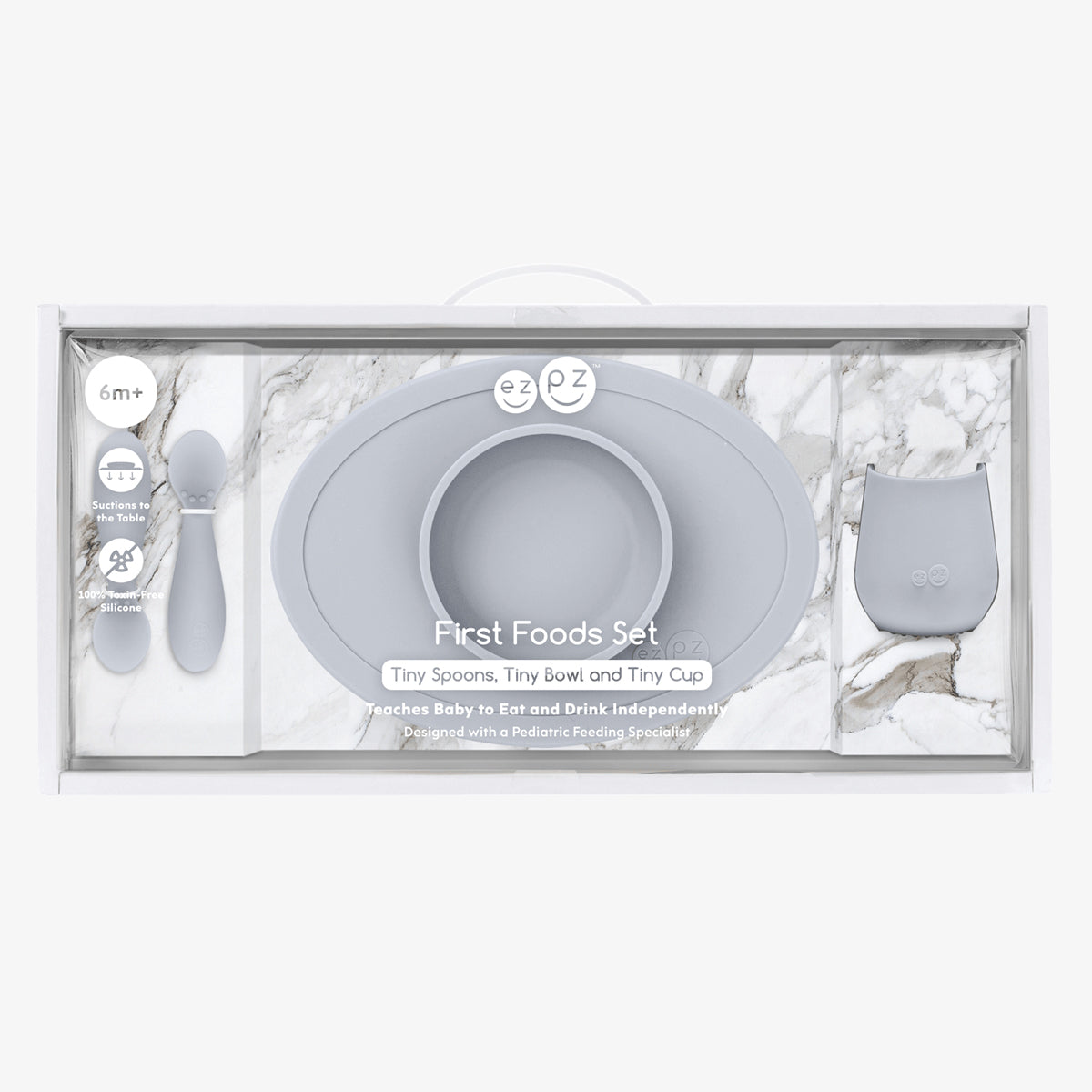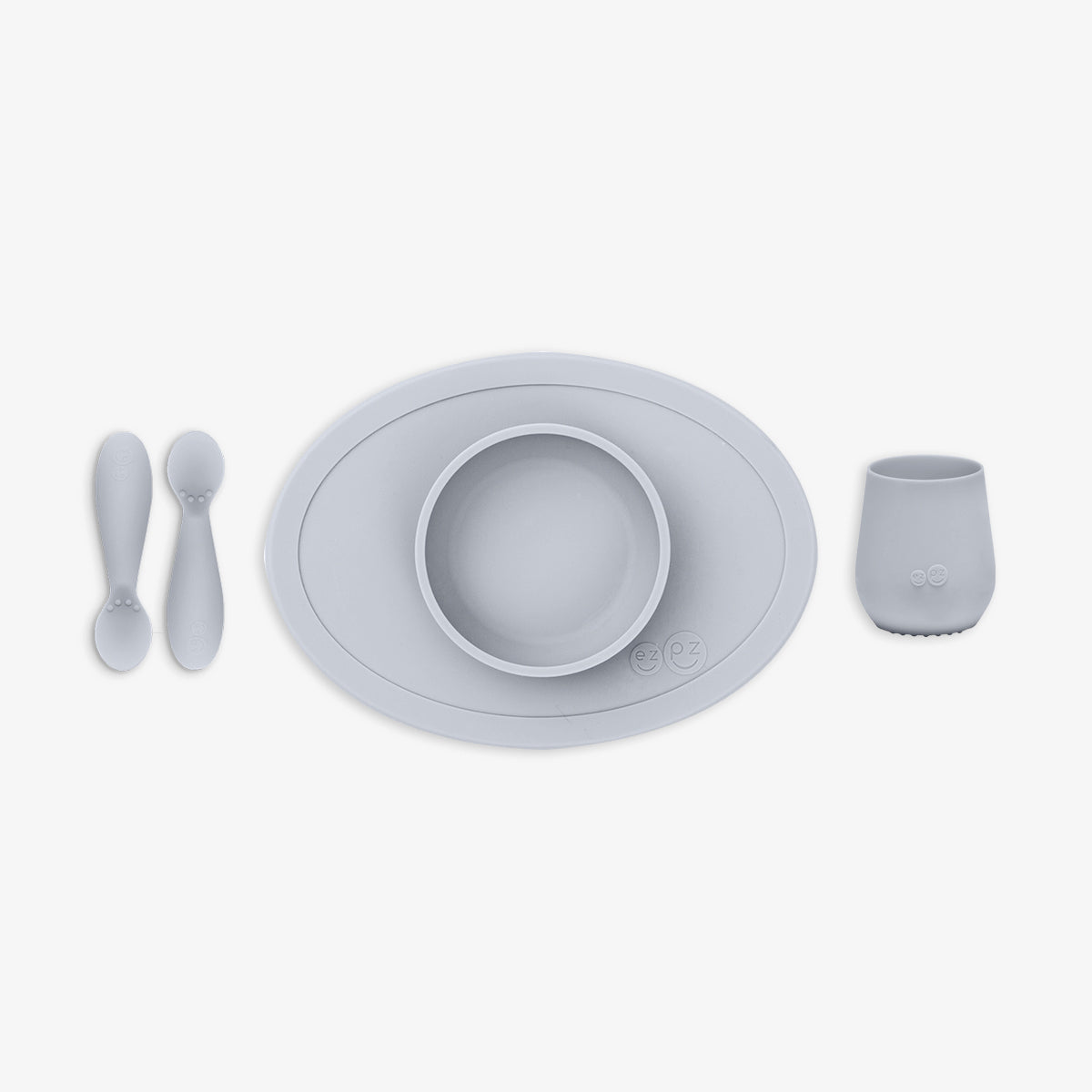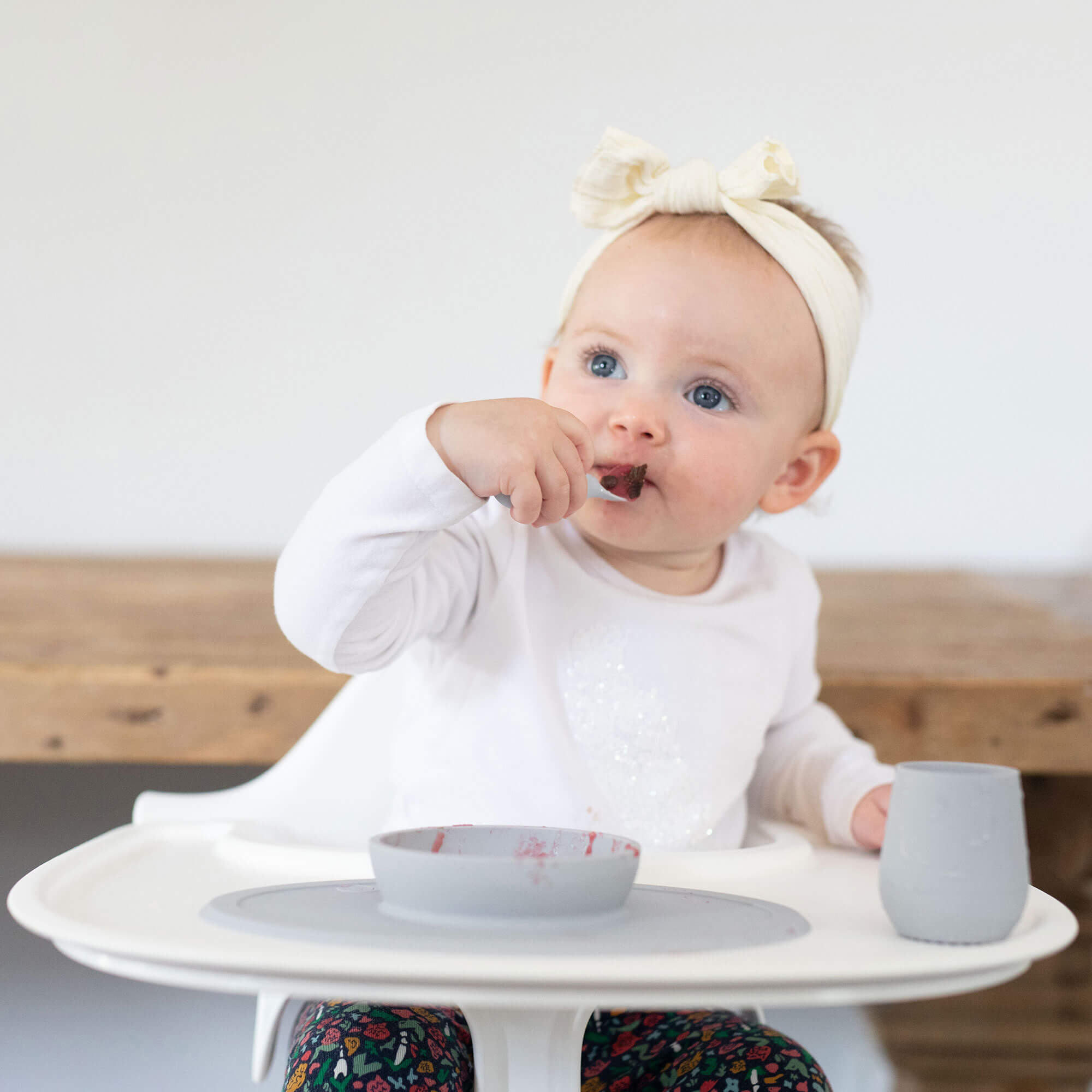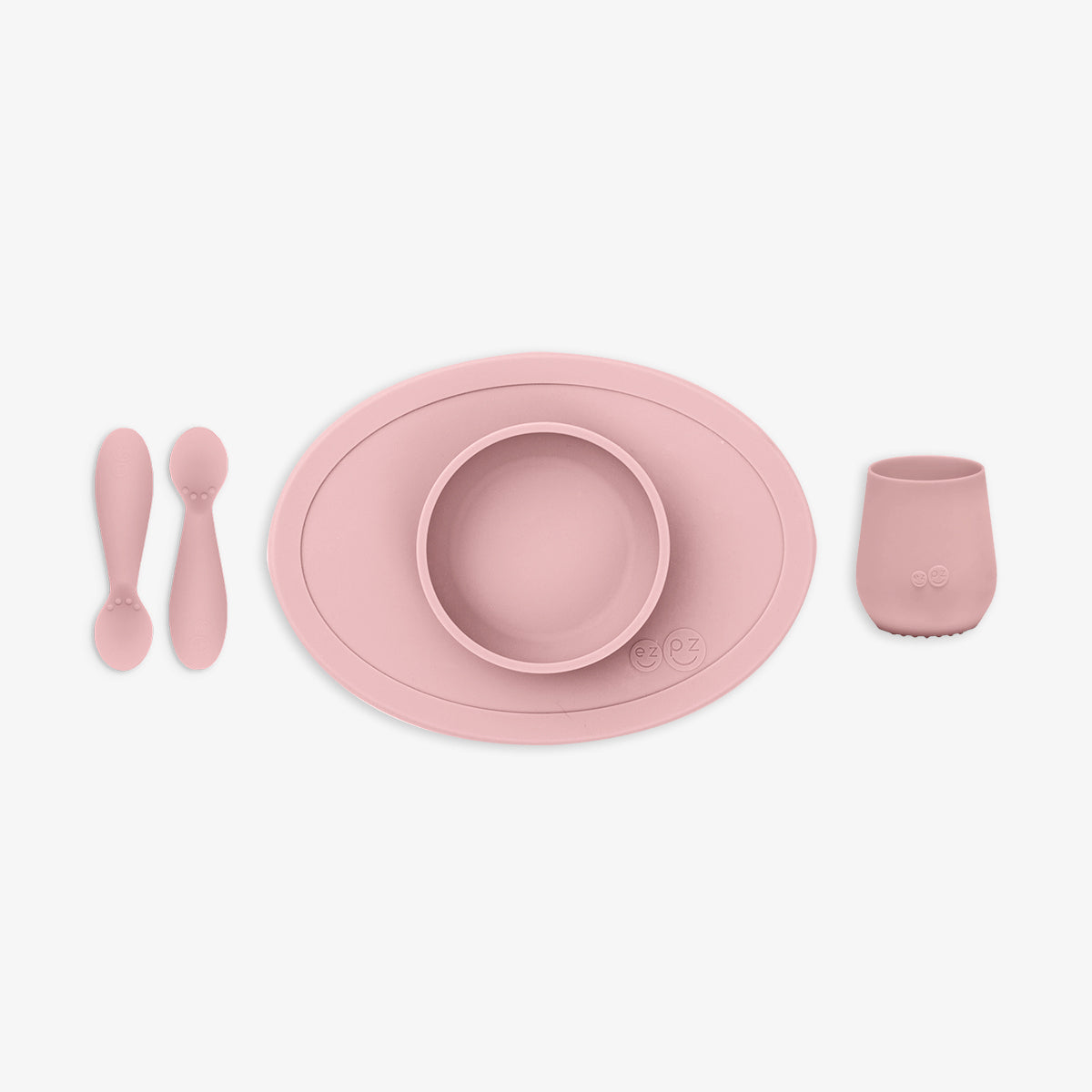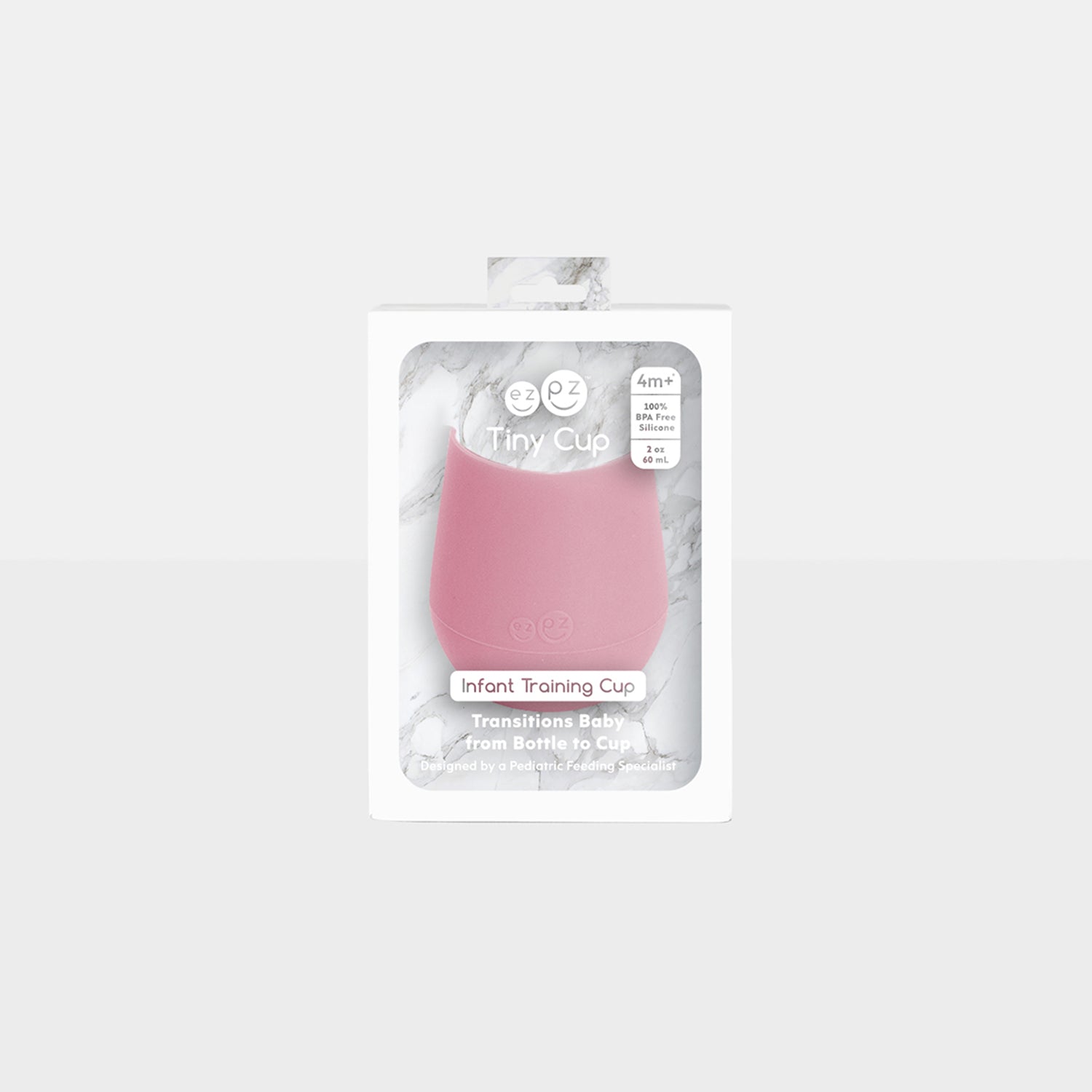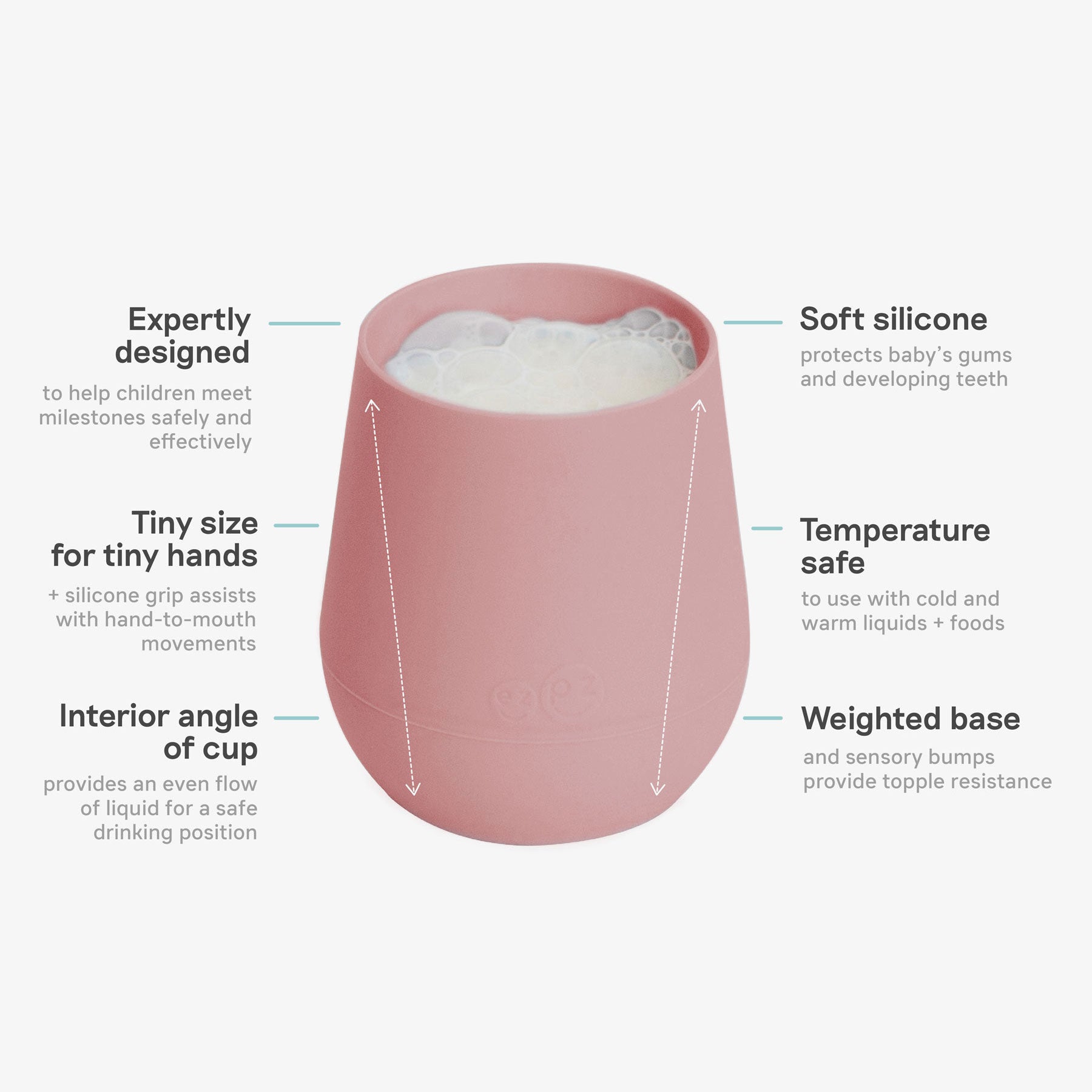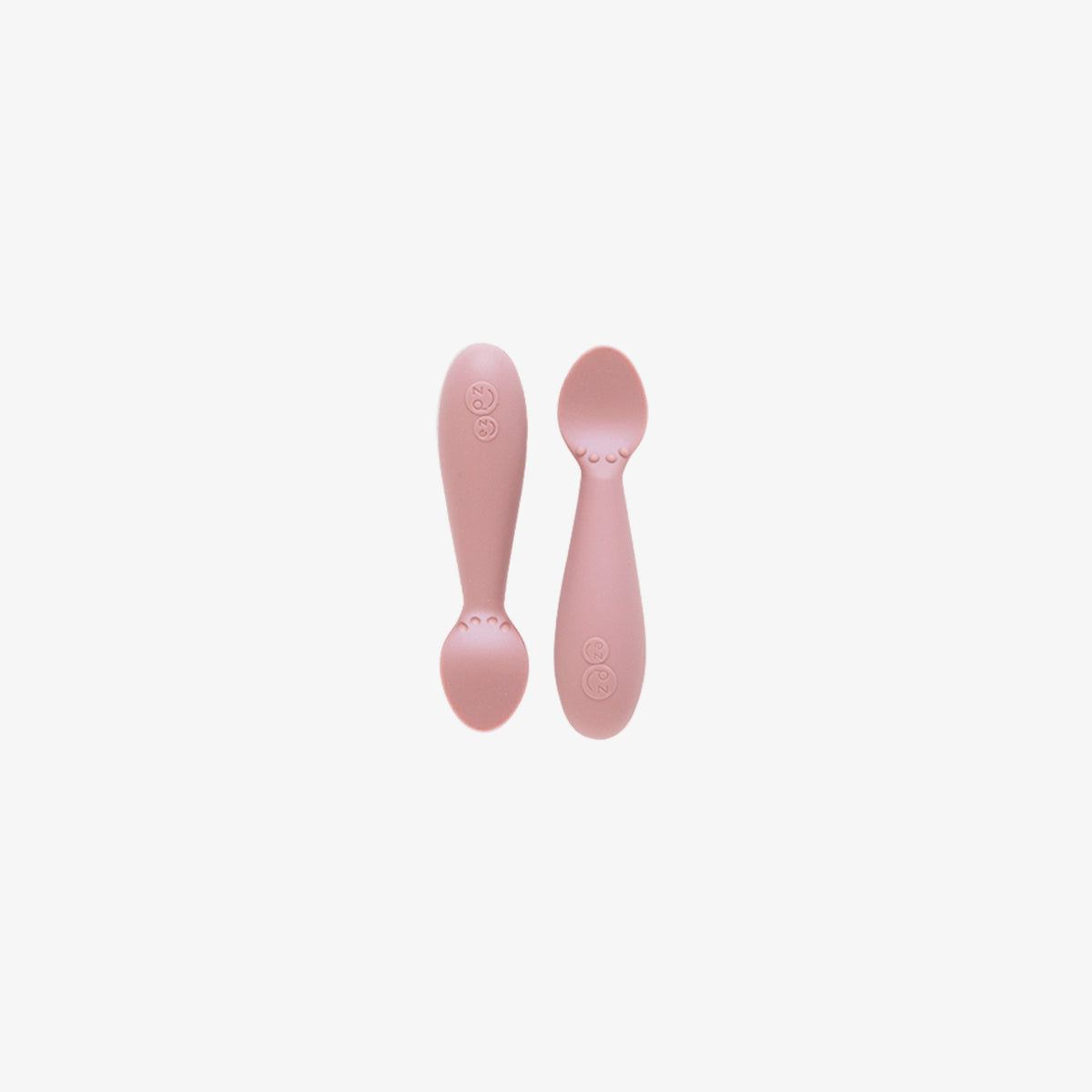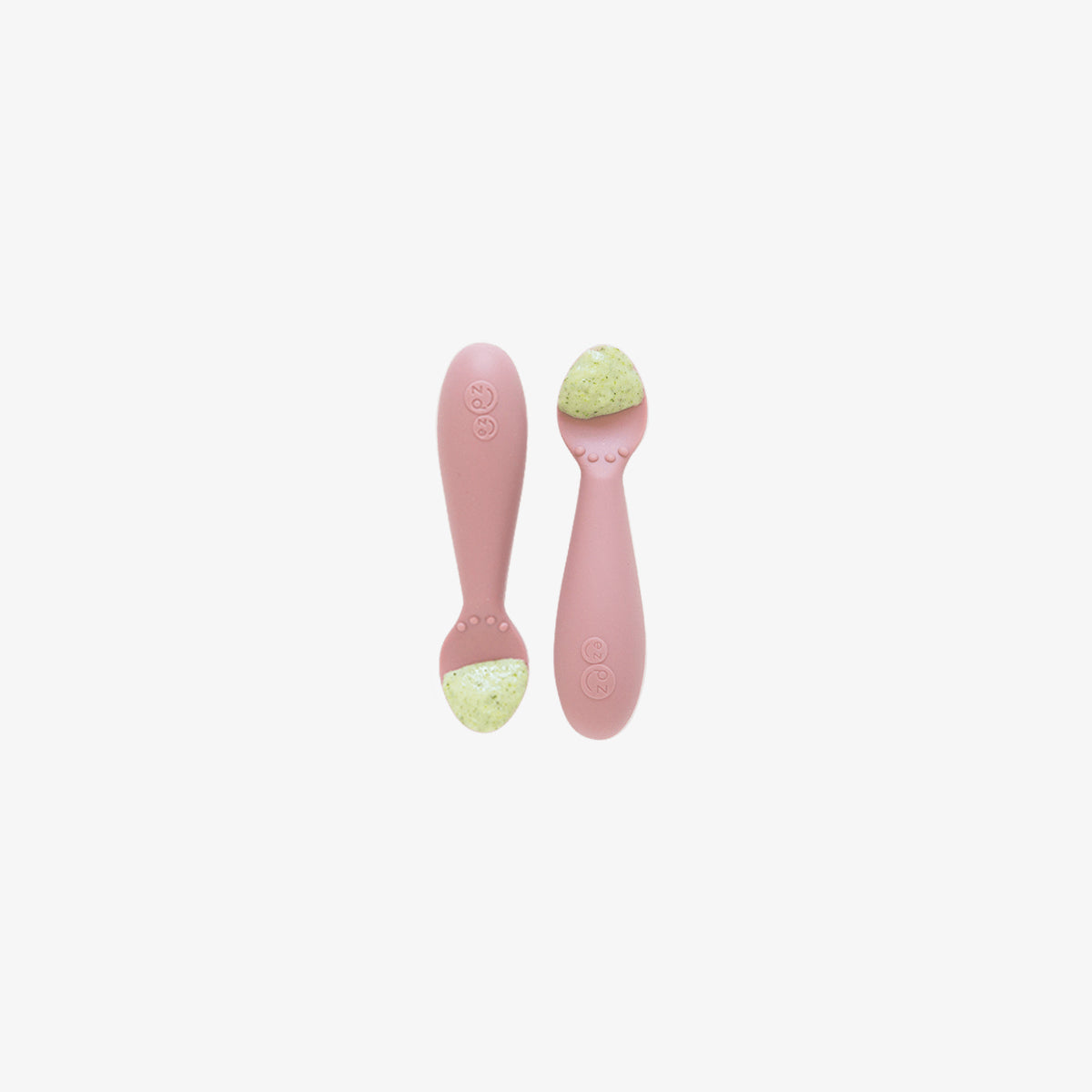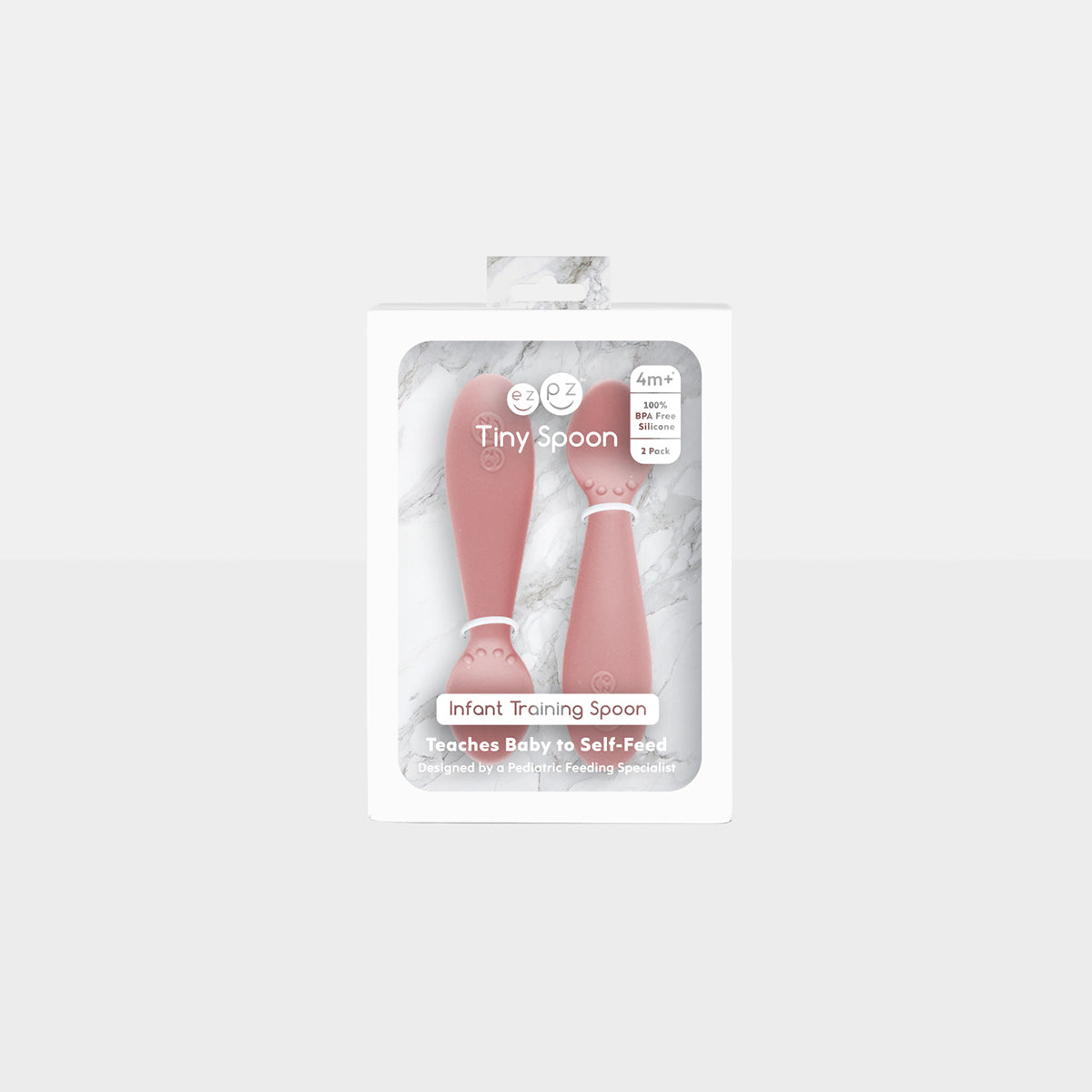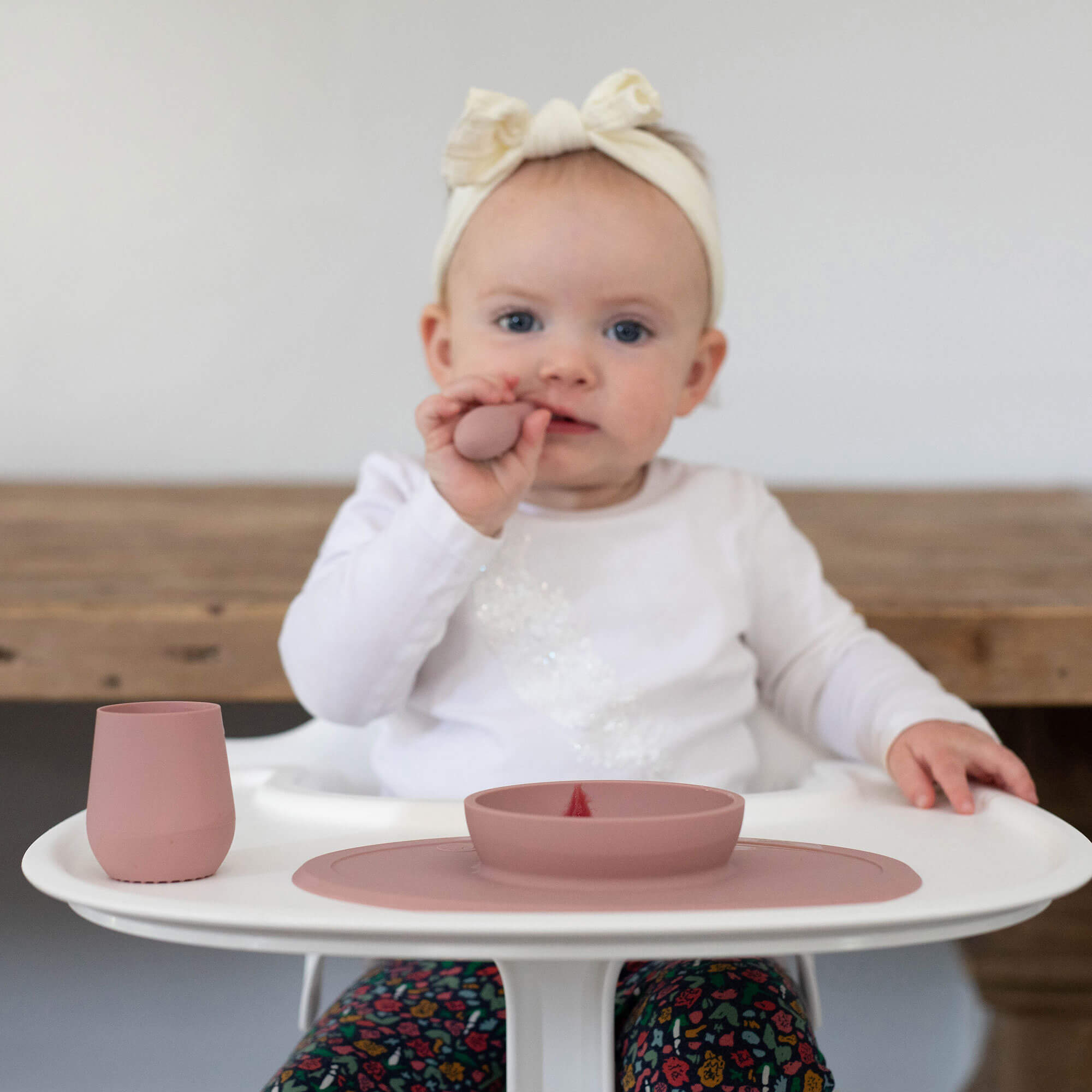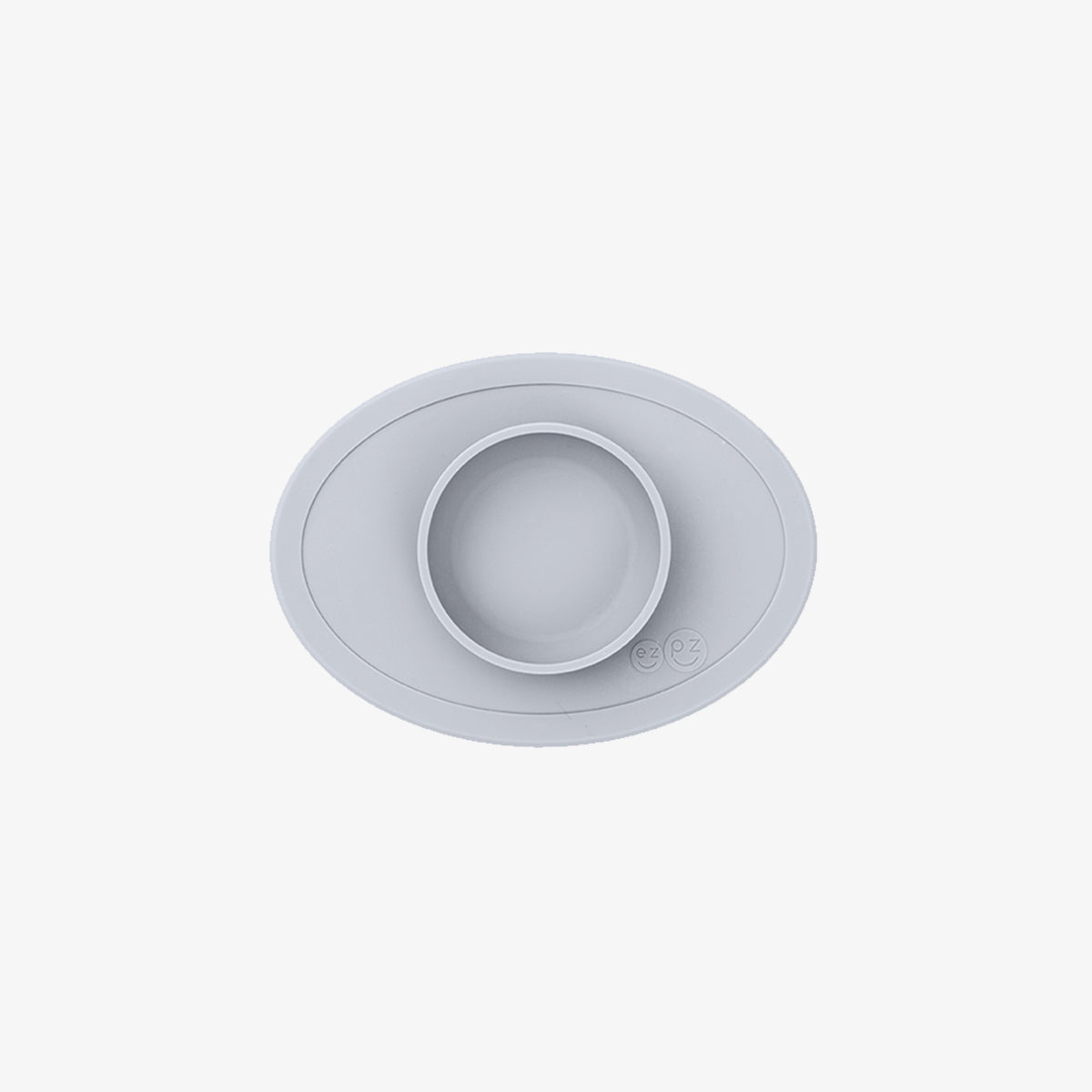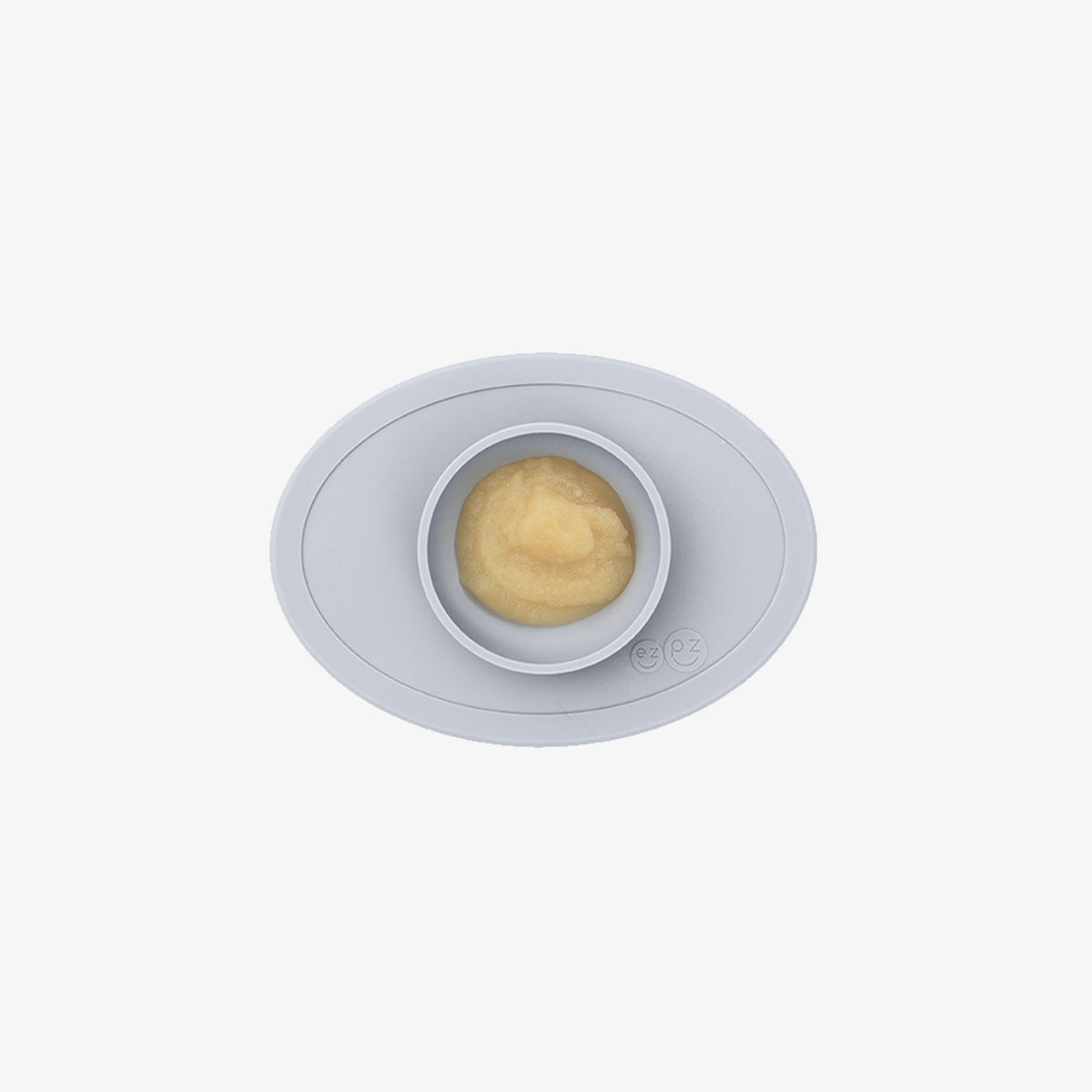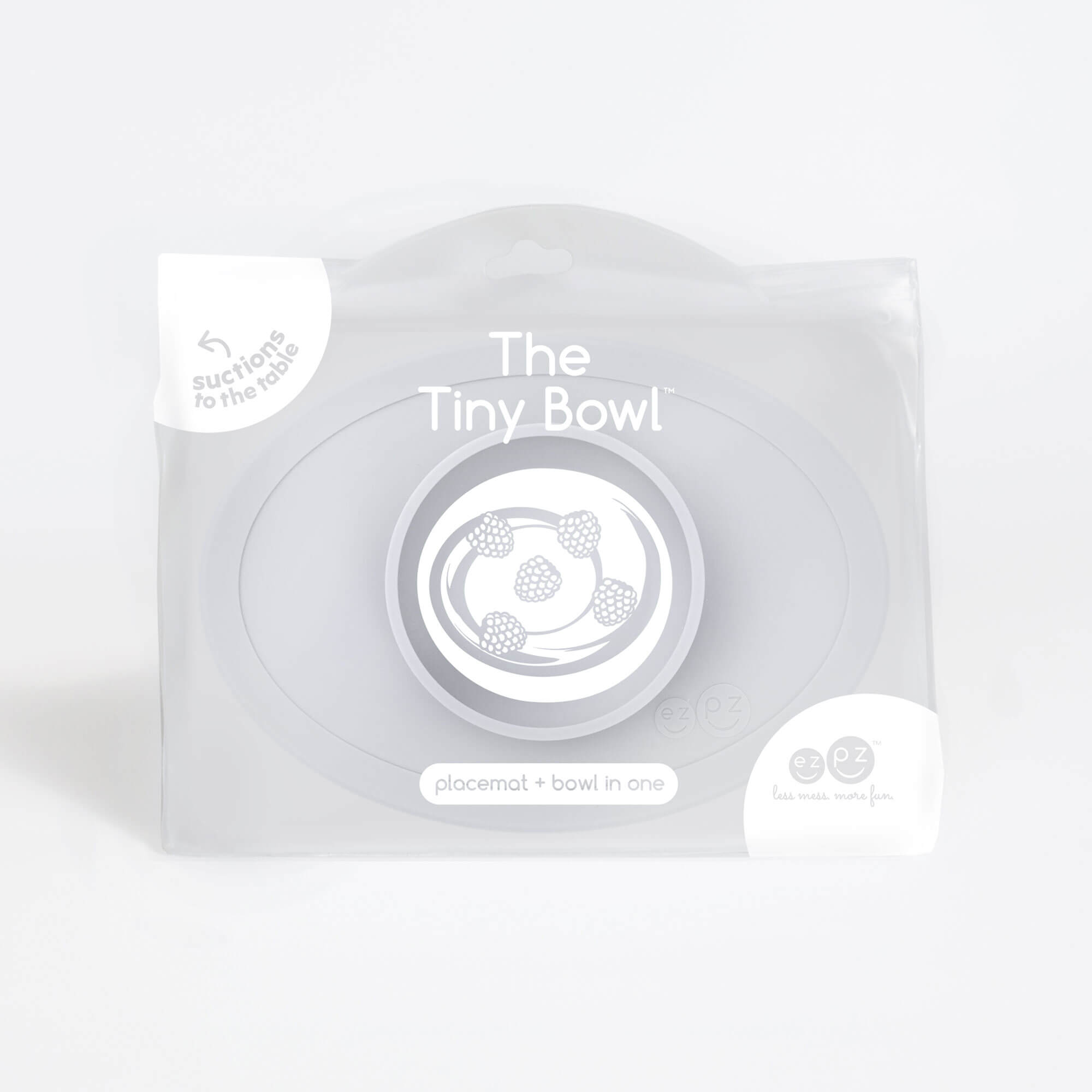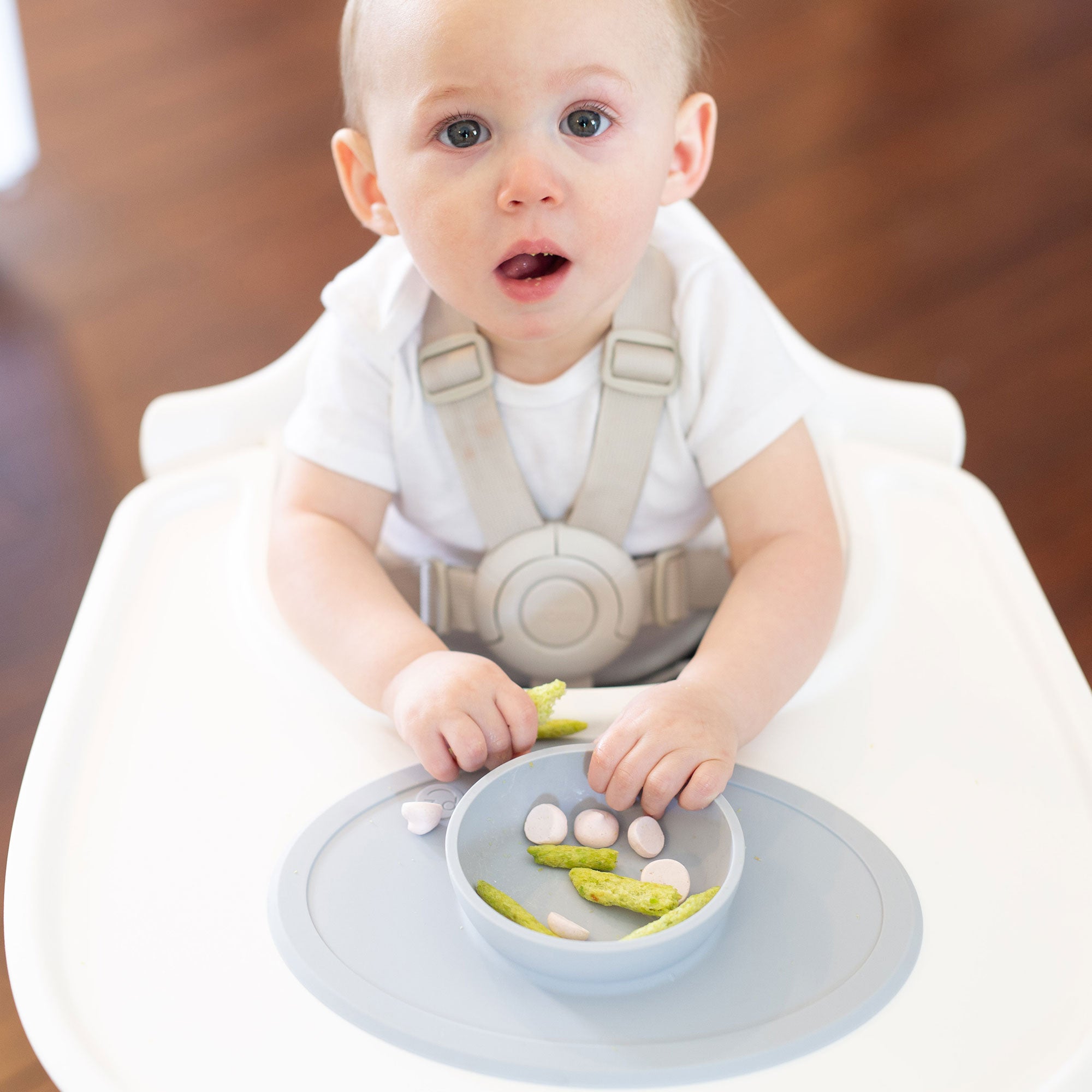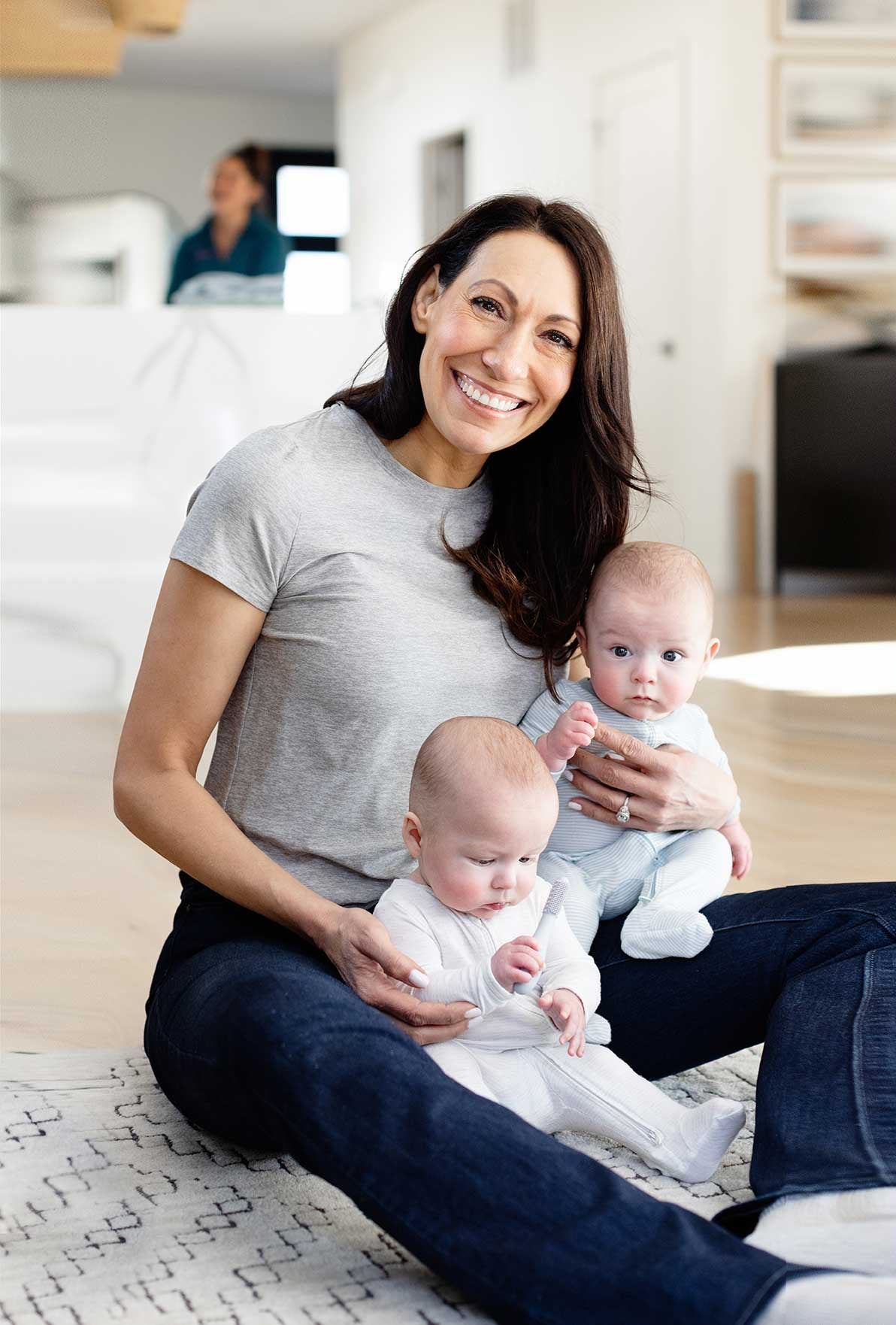Getting ready to start solids? Here are the six signs of readiness to watch for, which will ensure that your baby’s transition to solids is safe and developmentally appropriate.
1. Baby is 6 Months of Age
From birth to about six months, babies are exclusively fed breast milk or formula. At six months, they start showing the developmental skills to make first foods safe and successful. However, this timing can be slightly more complex for babies born prematurely.
If your baby was born early (before 38-40 weeks gestation), their readiness for solids should be based on their adjusted age rather than their chronological age. To calculate adjusted age, subtract the number of weeks your baby was born early from their actual age.
For example, a 6-month-old baby born 4 weeks early has an adjusted age of 5 months. Waiting another month (until their adjusted age is 6 months) allows them to be more developmentally ready—likely more active, interested, and willing to eat than they would have been a month earlier. Patience is especially important with preemies as they catch up developmentally!
2. Baby Shows Interest in Objects and Food
Your baby should show interest in objects in their environment and the food you’re eating. If you notice your baby trying to grab food off your plate or watching intently as you eat, these are promising signs they’re ready to explore solids.
Practice: Once a week, have your baby sit on your lap while you eat. Observe their interest in your food—this can help you assess this sign of readiness.
3. Baby is Reaching for Objects
A baby that is ready for solids will reach for objects such as toys, teethers, toothbrushes, and breast milk popsicles, which showcases curiosity and hand-eye coordination. This desire to reach and explore their immediate environment prepares them for holding and eating food.
Practice: When you place your baby in tummy time observe whether they reach for objects.
4. Baby is Grasping Objects
A baby who can grasp objects—like toys or utensils—is developing the hand coordination needed to hold food. This ability is a key pre-feeding skill that sets the stage for self-feeding development. Delay solids if baby is not grasping and mouthing (sucking, licking and exploring objects with their mouth). Grasping and mouthing toys is an important first step to swallowing foods safely. Clinically, I find that if parents start solids without baby having this critical skill, gagging, choking and food refusal is common.
Practice: Offer baby multiple opportunities to practice these skills by offering safe objects like a silicone spoon or a lightweight oral development tool.
5. Baby has Head Control when Chewing Objects
Your baby should be able to hold their head up independently without wobbling. This is an essential skill for safe swallowing and reducing the risk of choking. Baby should want to munch (up-and-down chewing) toys and objects. Be sure to wait to introduce foods if you have not observed this adorable munch pattern.
Practice: Find opportunities throughout the day to observe your baby’s ability to chew on an object while maintaining steady head control. This can be during tummy time or when seated in a supported highchair. Taking time to rehearse this skill with safe silicone objects allows your baby to practice chewing and develop oral motor skills without the pressure of food.
6. Baby is Sitting Up
Your baby should be able to sit up with minimal or no support before starting solids. While a few rolled-up towels for positioning and stability are okay in the early stages, sitting independently ensures that your baby can engage with food safely. Sitting up regulates their interest in food, reduces fatigue, and enhances their ability to consume food effectively.
Practice: Begin by having your baby sit in a highchair for short, 5-minute increments under direct adult supervision. Gradually increase the time as they become more comfortable, making each session fun and positive. This approach helps avoid crying or negative associations with the highchair and food, setting the stage for enjoyable mealtimes.
Feeding therapists and other medical professionals agree that it’s best to wait to start solids until your baby is showing all six signs of readiness. We hope these tips make starting solids ezpz!
